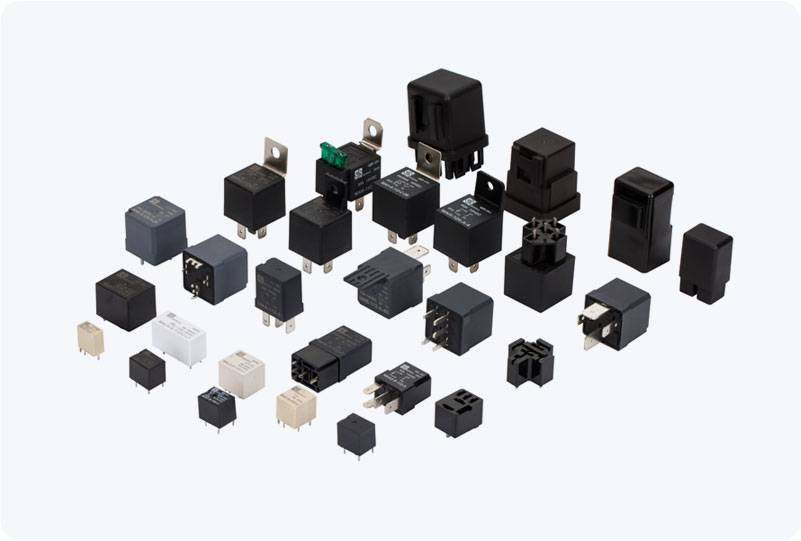In today’s fast-paced and technology-driven world, the integration of smart devices into our daily lives has become increasingly popular. From smart lights to automated security systems, the concept of a smart home is no longer a futuristic dream but a reality for many homeowners. One crucial component of a smart home system is the Smart Home Relay, a device that plays a vital role in automating and controlling electrical devices. This article will explore what a Smart Home Relay is, how it works, and its benefits in modern homes.

What is a Smart Home Relay? A Smart Home Relay is an electronic switch designed to control the operation of electrical appliances in a smart home environment. It acts as a bridge between the user and their household devices, allowing them to control things like lights, fans, appliances, and even more complex systems such as security cameras or heating systems, all through a smartphone, voice assistant, or automated system. Essentially, it enables remote control and automation of traditionally manual switches, transforming them into components of a larger smart home ecosystem. The core function of a relay is to switch the power supply of a device on or off using a low-voltage signal. When integrated into a smart home system, this low-voltage control is transmitted through Wi-Fi, Bluetooth, Zigbee, or other wireless technologies. The relay, in turn, activates the device, whether it’s a lamp or an air conditioner, based on the user’s preferences or automated settings.